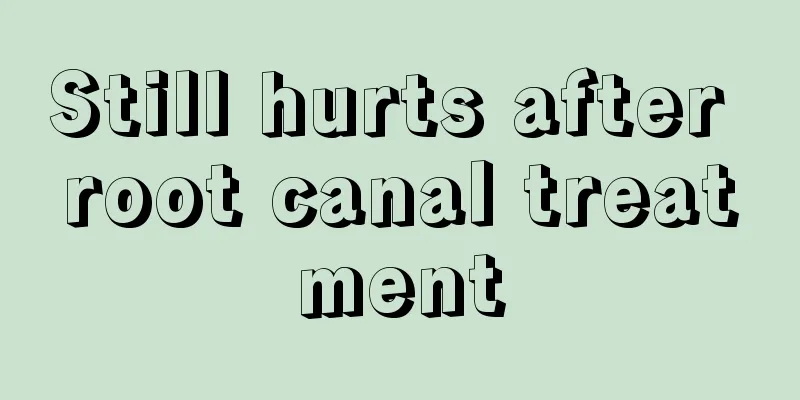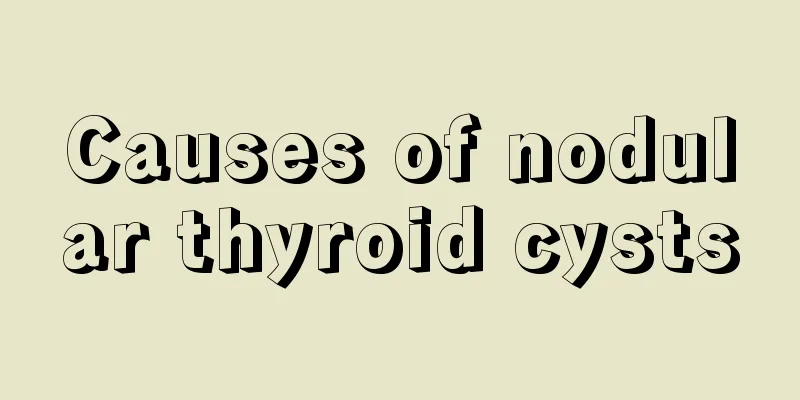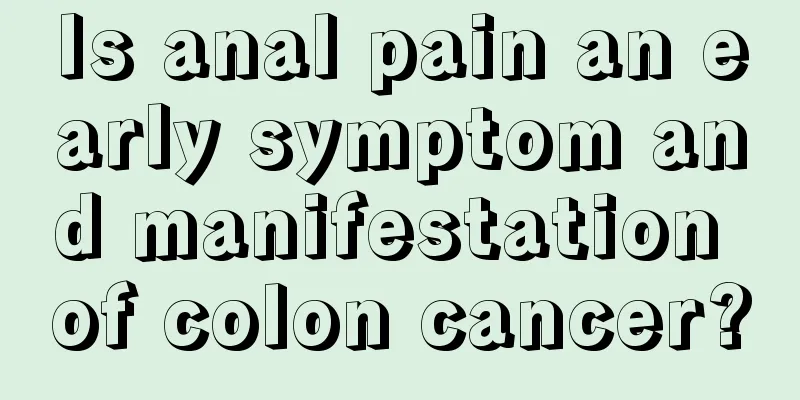Still hurts after root canal treatment

|
If the toothache is caused by pulp disease, many patients cannot bear it. Therefore, the emergence of root canal treatment technology can effectively help patients reduce pain. However, some patients still experience tooth pain after root canal treatment. Why is this? In fact, this has a lot to do with the doctor's treatment method and the patient's recovery effect after surgery. Let’s take a closer look at the reasons. When doing root canal treatment, the main steps are cleaning, preparation, shaping, disinfection and filling. The doctor's technique and the hospital's level may lead to The patient's chances of success and postoperative recovery. This is why some patients experience more tooth pain after root canal treatment than before. This is mainly because apical periodontitis has developed into a chronic disease and the patient himself will not feel obvious symptoms. However, when they came to the hospital for root canal treatment When cleaning the root canal, a small amount of debris and bacteria may be pushed to the periapex, causing some patients to experience severe pain after treatment. . This situation will usually be relieved or even disappear within 2 to 3 days. If you cannot tolerate it, you should seek medical attention promptly. Warm reminder: Generally speaking, teeth will not hurt after root canal treatment because there is no dental nerve. However, some patients report that their teeth still hurt after root canal treatment. At this time, you should go to the doctor for a follow-up visit in time to see what caused the problem. Root canal therapy, also known as endodontic treatment, is a procedure in dentistry that treats pulp necrosis and root infection. This procedure preserves the tooth and thus complements tooth extraction. The surgery is complicated and usually requires 2-4 visits to complete. The patient also suffers greater pain. Indications 1. Pulpitis: The dental pulp becomes inflamed due to bacterial infection. The dental pulp is in a sealed pulp cavity and is generally not infected by bacteria. When the tooth has a hole due to caries and the hole is too deep, external bacteria will invade the pulp cavity and infect the pulp. 2. Apical periodontitis: After the dental pulp is infected by bacteria, the bacteria will invade the alveolar bone through the apical foramen, causing inflammation of the tissues around the root apex. As long as the infected pulp is removed, the apical inflammation will subside. 3. Exposed pulp: When a tooth is broken and the dental nerve is exposed, root canal treatment is generally required. |
<<: What should I pay attention to after fire therapy
>>: Tips on how to deal with a crooked neck when sleeping
Recommend
The solution to long thighs and short calves
In life, some people have long legs and some have...
Preoperative preparation for surgical treatment of gastric cancer
Preoperative preparation for surgical treatment o...
What are the treatments for fatty liver?
When it comes to the treatment of fatty liver, pe...
What are the acupuncture points for improving memory
Our memory is affected by many factors. For examp...
What are the symptoms of advanced pancreatic cancer in patients
The symptoms of pancreatic cancer in the late sta...
Teach you some effective ways to prevent gastric cancer
I believe everyone is very concerned about the pr...
What should patients with colon cancer pay attention to in their diet after surgery?
Colon cancer is related to long-term high-fat, lo...
Yellow stuff comes out of the pores
Pores are the openings of hair follicles, which a...
The difference between pulmonary nodule shadows and nodules
Pulmonary nodules are mainly caused by tuberculos...
Where are the acupuncture points on the shoulders?
When people reach middle age or old age, they oft...
Why do I feel sleepy in autumn?
Fatigue is a symptom that people often feel, espe...
How to remove oil stains on paper?
Paper is usually as white as jade because it is u...
How to remove stains from white clothes
Although many businesses now emphasize that their...
How to check for early liver cancer
There are many ways to check for liver cancer, in...
The most obvious sign of intestinal tumor
The most obvious sign of intestinal tumors is per...









